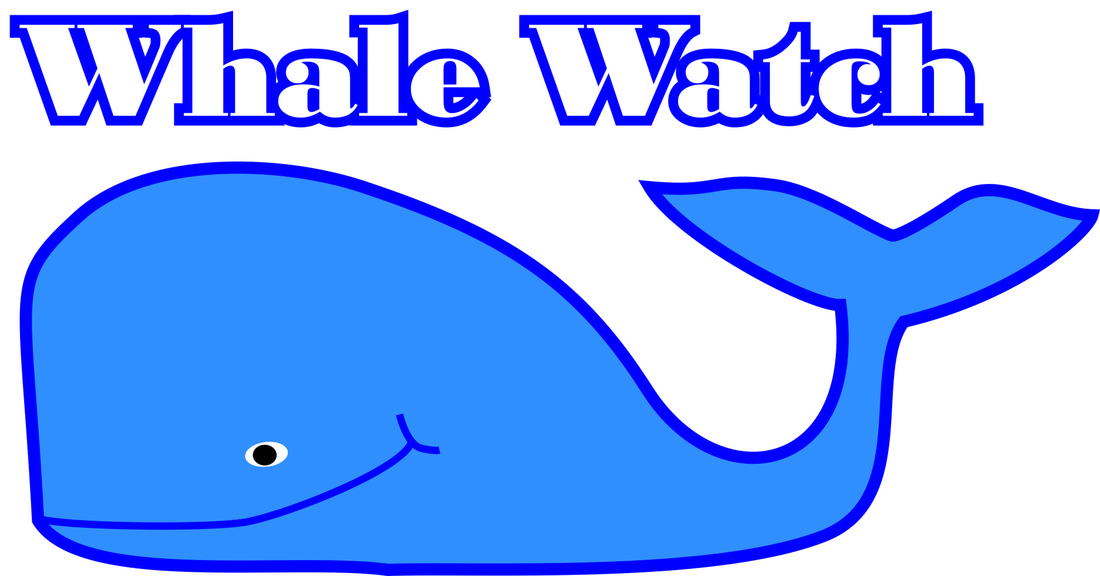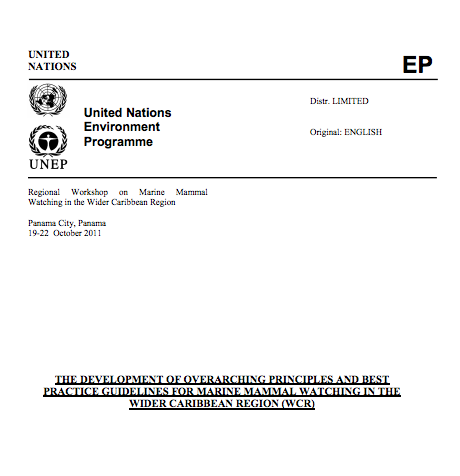|
To minimize the risk of adverse impacts caused by marine mammal watching and to ensure the sustainable development of this industry, accurate management strategies need to be implemented. Several tools and approaches should be considered:
|
|
ST GEORGE'S CAYE
Mailing Address: PO Box 1234, Belize City, Belize Cel: + (501) 673-3022 Caye: + (501) 614-3483 Email: [email protected] |
Copyright © 2023




